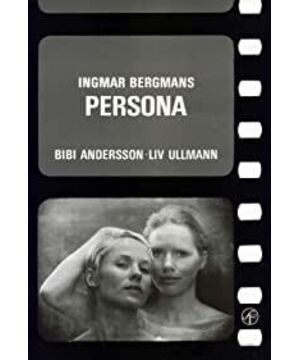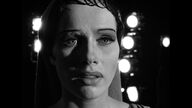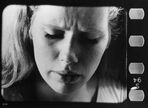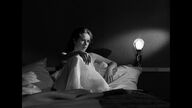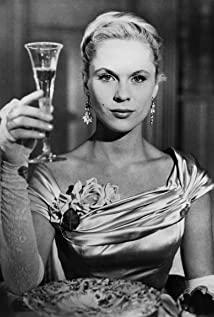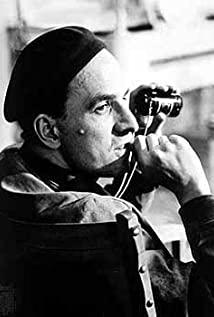1. Break reality, fantasy, and dreams at will. The world from the perspective of a nurse and the world from the perspective of an actress can also be scrambled and shuttled freely. It seems to be broken but in fact coherent, very Fellini, or even Fellini on top of Fellini. 2. On the camera lens: I really like to use close-up and close-up; the camera has a strong sense of existence, strong selectivity, distinct subjectivity and authorship; a lot of "masking" - nurses and actresses sometimes completely cover the latter. Dialogue, sometimes the other way around; close-ups and shadows are often very oppressive. 3. There are no lines in many scenes, and the meaning is not clear, but the tension has erupted in silence; 4. Among the nurses and actresses, who is the more determined and subjective subject? Quite swaying and ambiguous. Halfway through the movie I leaned towards the actress-nurse split. But at the end, I felt that the nurse might also be the projection of the actress. A definitive answer may not be needed. I like the ambiguity and ambiguity of the subject and the time, space, narrative and even emotion (including between the nurse and the actress, and between the subject and the other, and the environment) that follow the subject. There is a lot of white space in almost every aspect. 5. Geometric and thorough black and white create a freehand space; my favorite audio-visual style. 6. The editing at the end of the film is also very interesting.
View more about Persona reviews


